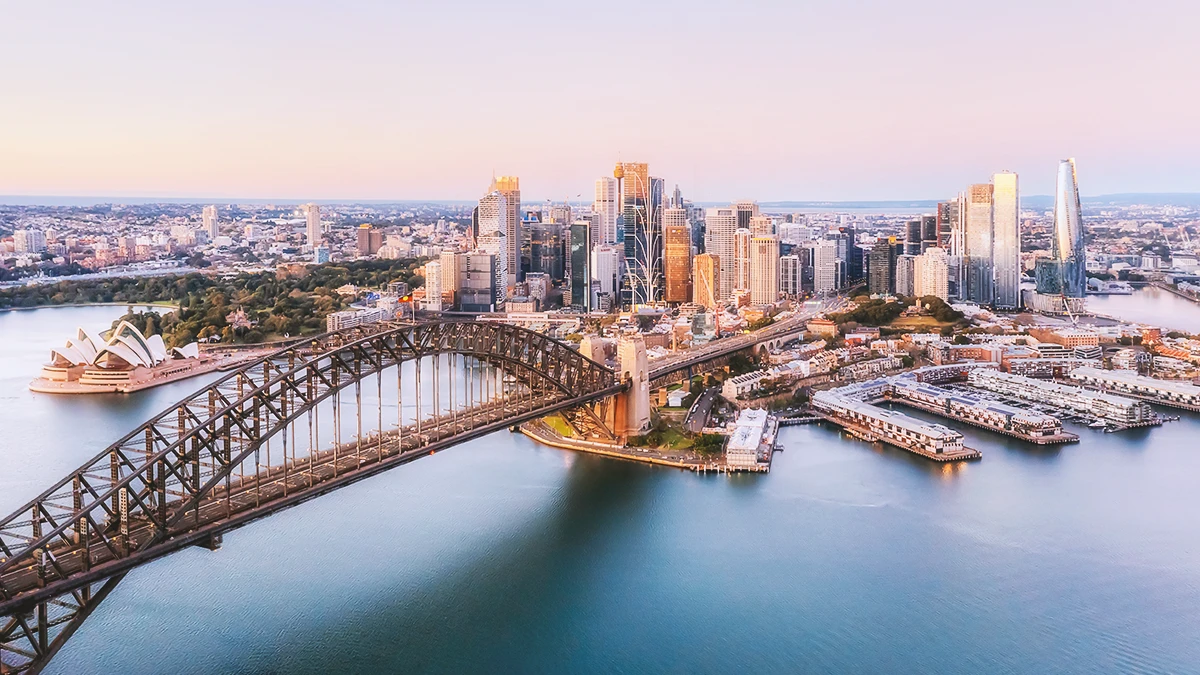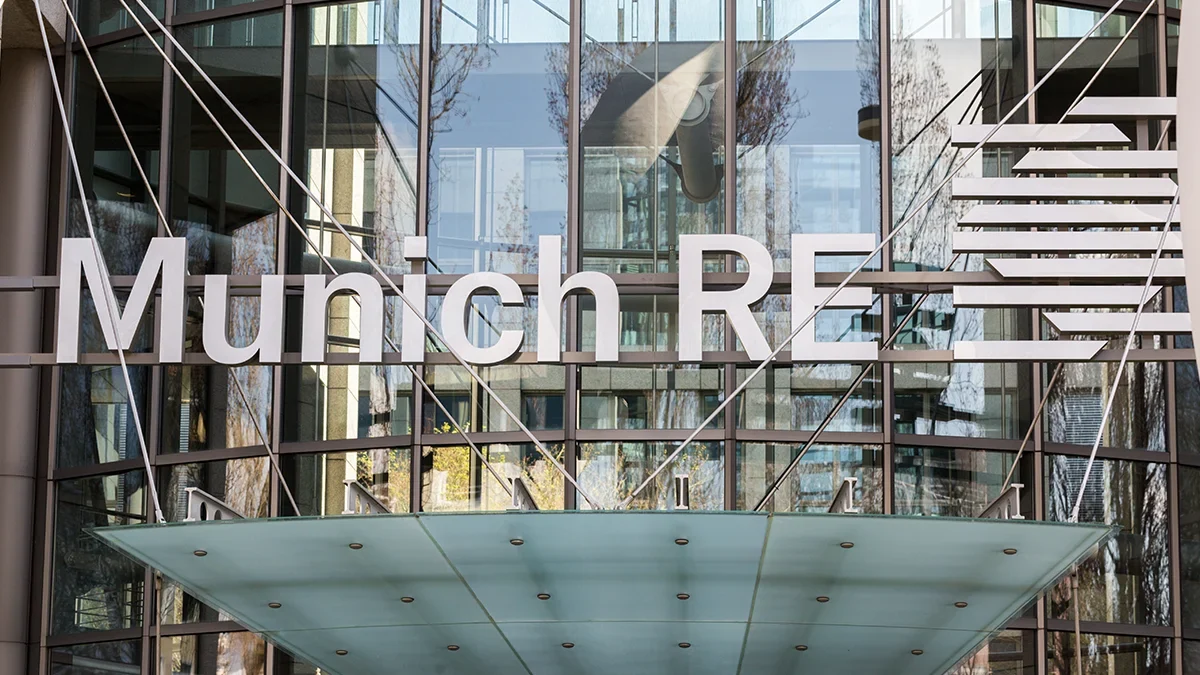(Re)in Summary
• Asia Pacific remains highly exposed to natural disasters but has low insurance penetration, with only 9% of 2023 losses covered.
• Insurance-linked securities (ILS) are growing globally and in the region, but APAC receives a smaller share due to more limited investor knowledge, less liquidity, and fewer large pension funds.
• Regulatory and educational initiatives in Hong Kong and Singapore aim to attract ILS investment, with local examples such as Phoenix Re and Lion Rock Re showing early progress.
• Market participants expect further ILS growth in APAC, especially in Australia, New Zealand, and Japan, with Singapore, Hong Kong, China, and India also positioning for future expansion.
Asia Pacific is one of the most disaster-prone areas in the world, but also the most under-insured.
Just 9% of losses were covered by losses in 2023, according to Aon’s 2024 climate and catastrophe report, the lowest out of all the global regions.
APAC needs insurance to promote long-term economic stability in communities hit by natural disasters, yet the rising costs of climate change risks (re)insurers trimming exposures and draining away capacity.
Enter insurance-linked securities. They play a pivotal role globally in keeping global capacity flowing.
(Re)insurers, wary of climate change, can lighten their balance sheets by sharing the risk of catastrophes with pensions, private credit and sovereign wealth funds.
Although ILS is gaining momentum, APAC still lags behind Europe and US. This raises a critical question: how can APAC craft a compelling story that attracts investors and unlocks the region’s full potential for resilient, sustainable growth?

William Ho
MS Amlin’s APAC CEOAPAC’s appetite for ILS
The exact size of ILS issuance tied to APAC risks is not exactly clear. However, Aon’s latest ILS report reveals that ILS has reached its largest size to date, with outstanding alternative capital hitting $121bn by mid-2025, according to Aon’s latest annual report.
The broker states the majority of this capital is tied to North America risks, with APAC only receiving a fraction of these invested funds in ILS.
One possible limiting factor for ILS growth in APAC is investor hesitation. They lack knowledge of the instrument. Elements of its structure and risk profile place it outside the financial mainstream.
MS Amlin Asia Pacific CEO, William Ho, observes: “Some of the main ones I have experienced through core meetings are knowledge and understanding of the underlying business. The type of product is still quite alternative for them compared to their traditional investments.”
Peak Re director of third-party capital Iain Reynolds agrees, adding: “I think it’s not only a lack of familiarity with ILS as an asset class, but probably insurance as an industry, and particularly catastrophe reinsurance.
“When we engage with investors, we find that we need to begin right at the start, talk about what reinsurance is and why ILS exists as a reinsurance product.”
Liquidity of ILS
Another challenge is the lack of liquidity depth. Investors can trade traditional fixed income assets, such as government bonds, quickly on secondary markets. They won’t have that level of flexibility with cat bonds.
The Organisation for Economic Co-operation and Development (OECD) acknowledges this issue in its report last year, ‘Foster catastrophe Markets in Asia and Pacific’, flagging it as one of the major concerns.
It states: “Illiquidity can be a major concern of CAT bond investors as it reduces the ability to trade out of an unwanted position. Illiquid securities are characterised by low trading volumes and wide bid-ask spreads.
“To find a buyer, investors may have to wait longer and accept a lower price. The prices of illiquid securities tend to be more volatile and may be stale. This poses difficulties in valuation and can lead to large losses if investors need to sell quickly.”
Large pension funds have the sophistication to weigh up the investment opportunity, realising the pros outweigh the cons.
However, Ho notes that pension funds do not have as strong a presence in parts of Asia, compared to Europe and the US, commenting: “The investment environment is a little bit different here to some of the more established cat bond hubs. There are not huge pension funds in a lot of the countries in Asia for investors to draw on.
“If we are talking about cat bonds, pension funds are a real source of investment in that.
“And while Australia and Korea have some pension funds, a lot of Southeast Asia countries, including Singapore itself, aren’t the kinds of pension funds to kickstart that investment appetite.”
Encouraging investors
Despite the downside risk of ILS, and specifically cat bonds, there is plenty to whet the appetite of investors.
This raises the all-important question for the insurance industry: how can it tell the best story of ILS to attract financing?
First and foremost, there is a compelling argument that cat bonds are an attractive investment.
Cat bond returns compare favourably to other fixed income assets.
According to Aon Securities, the average annualised return on outstanding cat bonds was 11.8% through June 2025, compared to 13.1% for the same period in the previous year.
Over the long term, the cat bond market averaged an 8.33% compound annual growth rate since 2002, based on the performance of the Swiss Re Global Cat Bond Total Return Index.
Since the financial crisis, cat bonds have given total returns similar to the S&P 500, which has enjoyed a 20-year bull run. Savvy investors understand the potential of attractive returns but are looking beyond to the other benefits.
Even though cat bonds can undergo losses when costly catastrophe events hit, their volatility is lower than equities.
Aon Securities managing director Jordan Brown believes ‘global investors are attracted to the uncorrelated nature of ILS products to credit and equity markets’.
Cat bonds have attractive spreads compared to other credit, making them ‘truly a unique and accretive asset class’, he adds.
Reynolds also notes the diversification benefits of ILS. The opportunity is ‘not a suitable asset for every investor’ but has a place for those wanting alternatives in their investment strategy. This leaves the door open to a wide range of investors to get involved.
Other attractions include the transparent and regulated nature of cat bonds. Cat bonds are typically structured with clear, objective triggers, such as insured losses above a certain threshold.
This means investors can model and understand their risk more easily than in many other complex structured products.
Even if the issuer, such as a reinsurer, goes bankrupt, the funds are held in trusts backed by safe collateral. This means capital is still available to pay claims or transfer returns to investors.
Above all, the asset has survived the test of time, now having decades of history behind it. Brown notes that ‘the ILS market has an over 25-year track record, actual losses are below modelled losses on a whole of market basis’.

Iain Reynolds
Director of third-party capital at Peak ReThe track record is something (re)insurers can lean on when having conversations with investors.
Take the Phoenix Re sidecar, launched in 2021.
The vehicle paved the way for institutional investors to access the Asian reinsurance market by providing capital for a portion of MS Amlin’s Asia Pacific portfolio.
In the three years following the launch, it generated impressive, annualised returns of 8.5%.
Reflecting on the experience, Ho says: “The hardest bit was to get things going to start the momentum.
“What we found ourselves was back in 2020 it was very, very difficult to get the positive outcomes out of the conversations, to get our first Phoenix vehicle launched.
“But now we’ve got five years of conversation on it, the conversations are a lot more receptive. There’s a lot more interest from our current partners, and, potentially, to understand more, to hear more, to see whether or not they can participate.”
Peak Re pioneered the introduction of sidecar capacity to APAC with the launch of its Lion Rock Re in 2018, ceding a slice of its premiums and risks from its global property reinsurance book. This was followed up with further successful issuances.
Reynolds says: “It’s something we’re interested in exploring in the future to support our growth, and we think that’s possibly a more efficient way to bring this capital into supporting the growth of the insurance industry and closing that protection gap in some of the developing markets in Asia Pacific.”
Education
Building on these positives, the insurance industry is making a concerted effort to educate the investor community.
Brown emphasises that the industry is working hard to improve understanding: “The market certainly recognises the ongoing growth and potential of Asia’s investable asset base. There is a continued focus on educating investors, with banks, brokers, and advisors hosting seminars and conferences to foster greater awareness.”
He also highlights the supportive role of regulators: “Regulators have been proactive in facilitating discussions with capital providers.”
Leading the way are Hong Kong and Singapore, which have actively positioned themselves as hubs for ILS to attract global investors.
Hong Kong introduced a regulatory framework for ILS, offering tax incentives to issuers. The Hong Kong Insurance Authority is also streamlining approval processes to make the market more accessible.
Similarly, Singapore developed a supportive legal and regulatory environment, providing grants to cover upfront costs for ILS bond issuance. The Monetary Authority of Singapore has spearheaded initiatives to increase market transparency and, importantly, investor education.
Ho believes working with the right type of investors is important in helping get the message across: “If you partner with people who are risk selecting and portfolio managing in the right way, then there is a very positive story to tell. Also, a very profitable story and a very profitable portfolio to show.”
He notes that there have been several tests of Amlin’s ILS initiatives, and the (re)insurer has consistently met or exceeded its return expectations each year.
“There is resiliency to the product. There is resiliency to the business out here, which sometimes the data doesn’t do a good enough job of showing.”

Jordan Brown
Aon SecuritiesAPAC ILS: The coming years
It’s clear there is real intent to expand ILS in APAC, and activity is growing, so what is next on the horizon?
Cyber ILS is expanding in Europe and the US. Gallagher Re placed the first collateralised deal for cyber in 2017, and multiple issuances have followed. Varying reports put issuance at between US$750m and US$800m since 2023. Yet there has not been a cyber-ILS instrument tied to the APAC region.
Ho says there is a ‘bit of a way to go’ before APAC needs a cyber alternative capital solution.
Instead, he believes the focus should be on ensuring investors have access to the mainstream ILS instruments, which can help the region with its protection gap.
“Given that it is a start from a non-existent environment to an existing environment with a number of transactions, you have to say it has been great progress,” he says.
Brown also points out the market’s progress, highlighting: “Australia and New Zealand institutions have very large allocations to the ILS market and we estimate capital from these countries exceeds $10 billion across 15 – 20 large investors. Further, there are active investors throughout Asia, including Japan, for example, that continue to see the asset class as attractive from both a returns and diversification perspective.”
Brown foresees Singapore and Hong Kong continuing to grow in the ILS market.
Meanwhile, mainland China and India are positioning themselves to capitalise on the expanding insurance and reinsurance markets, with ILS being part of their strategy.
Brown concludes: “As we all know, insurance and insurance legislation and regulation is not the fastest-moving sector, however, APAC will be a leader in time.
“As a group, the continued investment in the region by (re)insurers, service providers, brokers and asset management, whether a financial investment or other, will be critical and we feel very positive about the current momentum.”














